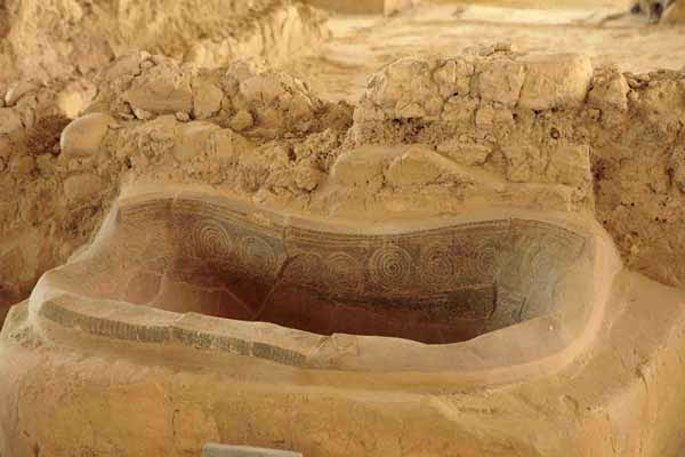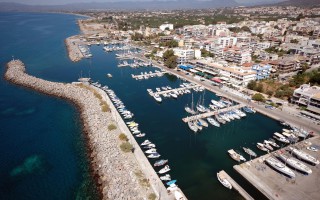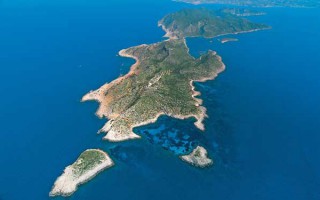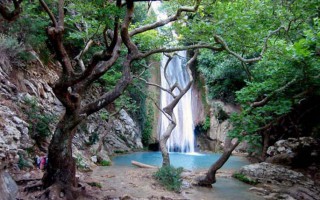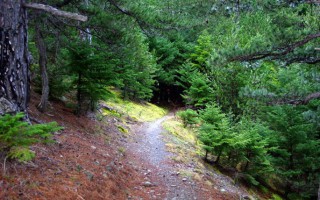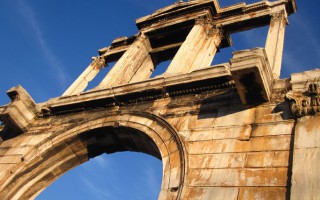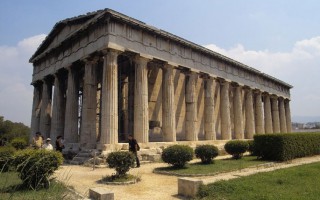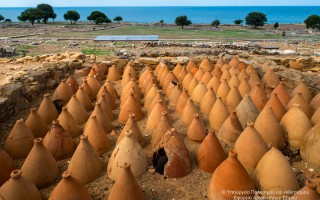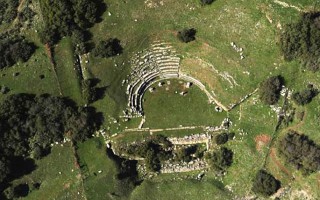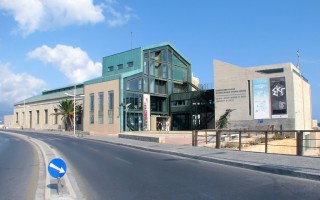Fourteen kilometres from Pylos, on the hill of Epano Eglianos, in the previous century came to light the palace of Nestor, the famous king of Pylos. It is the best-preserved Mycenaean palace in the whole of Greece.
The palace complex comprises four structures, which include a series of apartments. Impressive is the fact that the interior was adorned by colour murals, and also the fact that the palace was never enclosed within a protective wall, since its location was enough to grant it ample protection. The palace seems to have been completely destroyed by a fire during the 12th century B.C., which, however, managed to preserve a plethora of clay tablets that contain significant information regarding the financial, social and religious life during Mycenaean times.Those who visit the area can also see the tholos tomb attributed to Nestor and his successor, Thrasymedes, which was discovered near the palace, as well as all the archaeological findings from the excavations, exhibited in the Museum of Chora.
The Mycenaean civilization flourished during the period between 1700—1001 BC in various parts of the Helladic region. Its archaeological traces were first discovered in the region of Mycenae, from where it takes its name. Amongst the most important findings this magnificent civilization has bequeathed to us are the tholos tombs and the grandiose palaces.
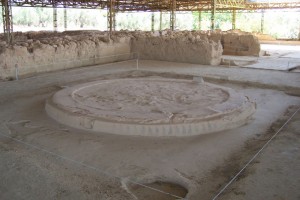 The palace of the mythical king of Pylos, Nestor, belongs to this category of Mycenaean palaces – in fact it is the best preserved of all those discovered in Greece. It is situated four kilometres south of the village of Chora, on the hill of Epano Englianos, and 14 kilometres from Pylos. The palace was built in the 13th century BC by King Nestor, son of Neleus, who is mentioned several times by Homer and holds an important role in his epic poems. Nestor led Pylos to the Trojan War with 90 ships and is described by Homer as a wise elder, his opinion always respected by the Achaeans.
The palace of the mythical king of Pylos, Nestor, belongs to this category of Mycenaean palaces – in fact it is the best preserved of all those discovered in Greece. It is situated four kilometres south of the village of Chora, on the hill of Epano Englianos, and 14 kilometres from Pylos. The palace was built in the 13th century BC by King Nestor, son of Neleus, who is mentioned several times by Homer and holds an important role in his epic poems. Nestor led Pylos to the Trojan War with 90 ships and is described by Homer as a wise elder, his opinion always respected by the Achaeans.
Heinrich Schliemann was the first to start looking for this mythical palace in 1888, having certain suspicions regarding its location, but he was not successful. It was not until 1939, after intensive excavations, when Konstantinos Kourouniotis, together with Carl Bergen, brought to light the first findings from the palace. World War II put a halt to excavations for some time, which were started again in 1952. Even though the largest part of the palace has been uncovered, research continues until the present day with the participation of the University of Cincinnati, USA.
This complex of palaces consists of four main buildings, which, in turn, have a large number of rooms – 105 according to calculations. The most important room is, of course, the so-called “throne room”, with its central round hearth. Additionally, the ruins of a central two-storey building and two auxiliary spaces were uncovered, while tholos tombs were excavated in the area surrounding the palace, one of them attributed to Nestor and his successor, Thrasymedes.
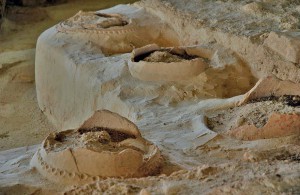 The numerous findings brought to light by the excavations include approximately 1,250 clay tablets written in Linear B. The tablets were deciphered in 1952 by Michael Ventris, an architect, and John Chadwick, a linguist. It is thanks to them that we are now in a position of knowing important information about the daily life, as well as the financial and commercial activities of prehistoric Pylos in general, and about the palace in particular. The remarkable thing about these tablets is the fact that they would not have been preserved to this day if not for a fire that levelled the palace in the 12th century. The palace itself never recovered from this disaster, but the fire had the effect of “baking” the clay tablets, making them more durable.
The numerous findings brought to light by the excavations include approximately 1,250 clay tablets written in Linear B. The tablets were deciphered in 1952 by Michael Ventris, an architect, and John Chadwick, a linguist. It is thanks to them that we are now in a position of knowing important information about the daily life, as well as the financial and commercial activities of prehistoric Pylos in general, and about the palace in particular. The remarkable thing about these tablets is the fact that they would not have been preserved to this day if not for a fire that levelled the palace in the 12th century. The palace itself never recovered from this disaster, but the fire had the effect of “baking” the clay tablets, making them more durable.
The numerous archaeological findings from the site of the Palace of Nestor are today kept at the Archaeological Museum of Chora.
Source: www.mythicalpeloponnese.gr

